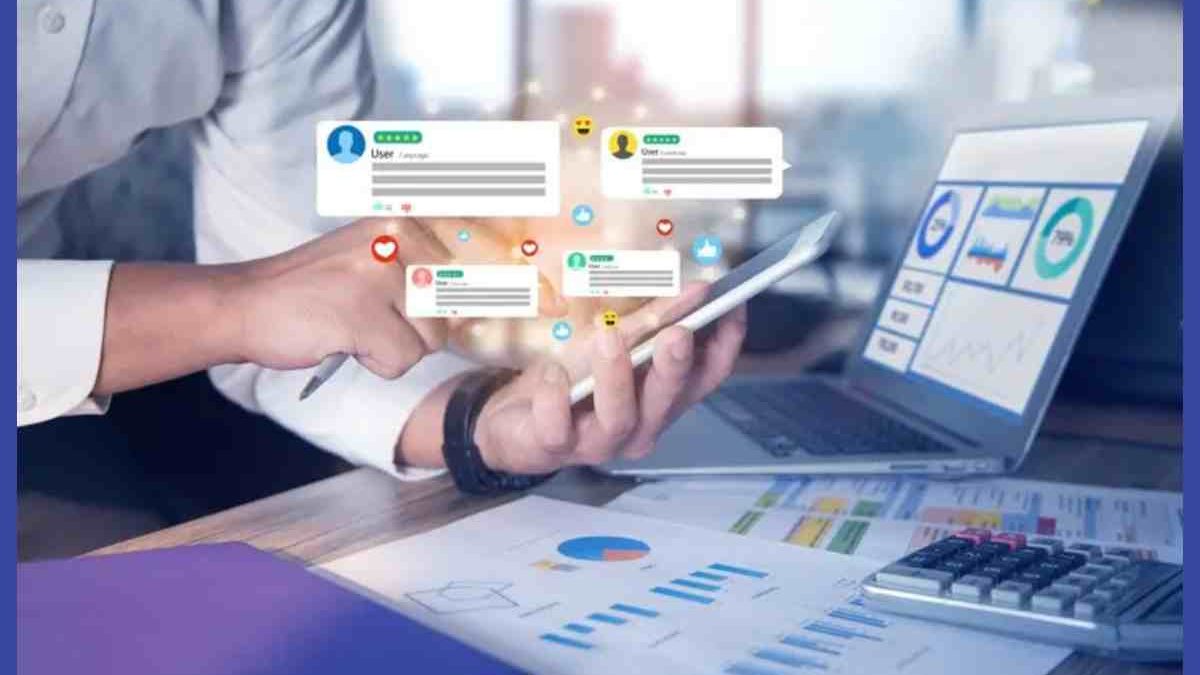Customer Experience Economy
The modern marketplace allows us to find virtually anything we want online. Once we find what we’re looking for, we can get an idea of the quality of a product through scores and reviews, and we can filter search results by price or quickly compare prices across different platforms.
The marketplace is optimized for consumers who are driven to find the best quality products at the best prices.
However, many consumers also make their purchasing decisions based on the overall experience provided by a company. Zendesk’s report on customer experience trends from 2023 found that 70% of consumers will spend more at companies that offer seamless customer experiences.
So, how can businesses target these consumers and take advantage of the customer experience economy?
The most important elements for a positive customer experience are speed, convenience, knowledgeable support, and friendly service. Businesses looking to lean into the customer experience economy and grow their market need to develop business practices that enhance each of these factors.
Table of Contents
Speed and convenience
Customers have come to expect speed and convenience when making purchases online. At the point of sale, this includes well-designed stores that make it easy to find what they are looking for and a seamless checkout experience using their preferred payment method.
Given the variety of different payment options, this can sometimes be challenging. To ensure a great customer experience, businesses must offer multiple payment options and stay on top of new methods that are trending. For example, companies can no longer expect customers to only use credit cards. Consider integrating other payment methods such as digital wallets, single-use credit cards, and eChecks—or even allowing payments via cryptocurrencies or buy now pay later (BNPL) services.
When it comes to customer service, consumers expect to find a solution to their problem at any time of the day. This means clear, concise, help center content as well as fast responses across all customer communication channels.
Some customers don’t want to find the solution themselves. They want to speak with a real person as soon as possible. Others wish to email or directly message the company (on its website or through social media) and receive a swift response.
Catering to the customer experience economy means meeting consumers on their terms and not implementing a one-size-fits-all approach to interactions, both at the point of sale and post-purchase.
Unsurprisingly, the businesses introducing speed and convenience across the customer lifecycle are the ones introducing new technologies and digital solutions. However, technology can be a double-edged sword—it needs to improve the customer experience. This includes minimizing friction, delivering the services and information consumers want, and introducing automation that saves time.
Knowledgeable help
While technology can connect consumers with the right employees and provide them with the information they need, it’s up to businesses to ensure knowledge is transferred successfully.
Consumers today are less likely to make purchases on a whim. They’re willing to take the time to learn about the different companies and product offerings. They want more information and details before spending, and to form a connection with the brands they buy from.
This means businesses should invest in effective marketing, sales, and customer service strategies. Educate customers on the value propositions of your product or service and provide the information needed to get the most out of it. Use simple language instead of over-complicated industry-specific terms.
Delivering meaningful knowledge to your customers also requires hiring the right employees and training them to be subject matter experts on your business and its products. Staff who are knowledgeable and passionate about what they are doing are much more likely to be able to help customers with their problems.
Friendly service
Customer experience is always more enjoyable when you’re treated like an actual person., so ensure you hire staff with strong communication and interpersonal skills How to ensure friendly service:
- Maintain a positive attitude: Employees should always come across as positive and enthusiastic. If they seem unwilling, it will lead to a worse customer experience. Most customer communication is not in person; some employees need proper training to learn how to convey a positive and friendly tone in texts and over the phone.
- Be proactive: Go above and beyond to ensure the customer has everything they need helps guarantee a positive interaction. Businesses should actively seek potential issues before they arise to give the customer the best experience possible using the product.
- Active listening: Understand the employee’s question or problem as best you can while also picking up on bits of information that may help in the future. This could be personal details about their situation or the specifics of how they use the product. Active listening shows you care about the customer while helping solve their problem as quickly as possible.
- Personalization: One-size-fits-all approaches to customer interactions lead to deteriorating customer experience. When possible, find ways to personalize the way you communicate with your customers.
Using customer experience as a competitive advantage
Given how competitive the modern marketplace is, businesses need any competitive advantage they can find. Focusing on customer experience is a great way to elevate your business above the rest. Customer experience is all about developing a connection between you and your customers. Unlike large, soulless corporations, smaller businesses are able to put a human face on their company. A small, dedicated team can deliver knowledgeable and friendly service, turning a great experience into a genuine connection and resulting in long-lasting customer relationships.

